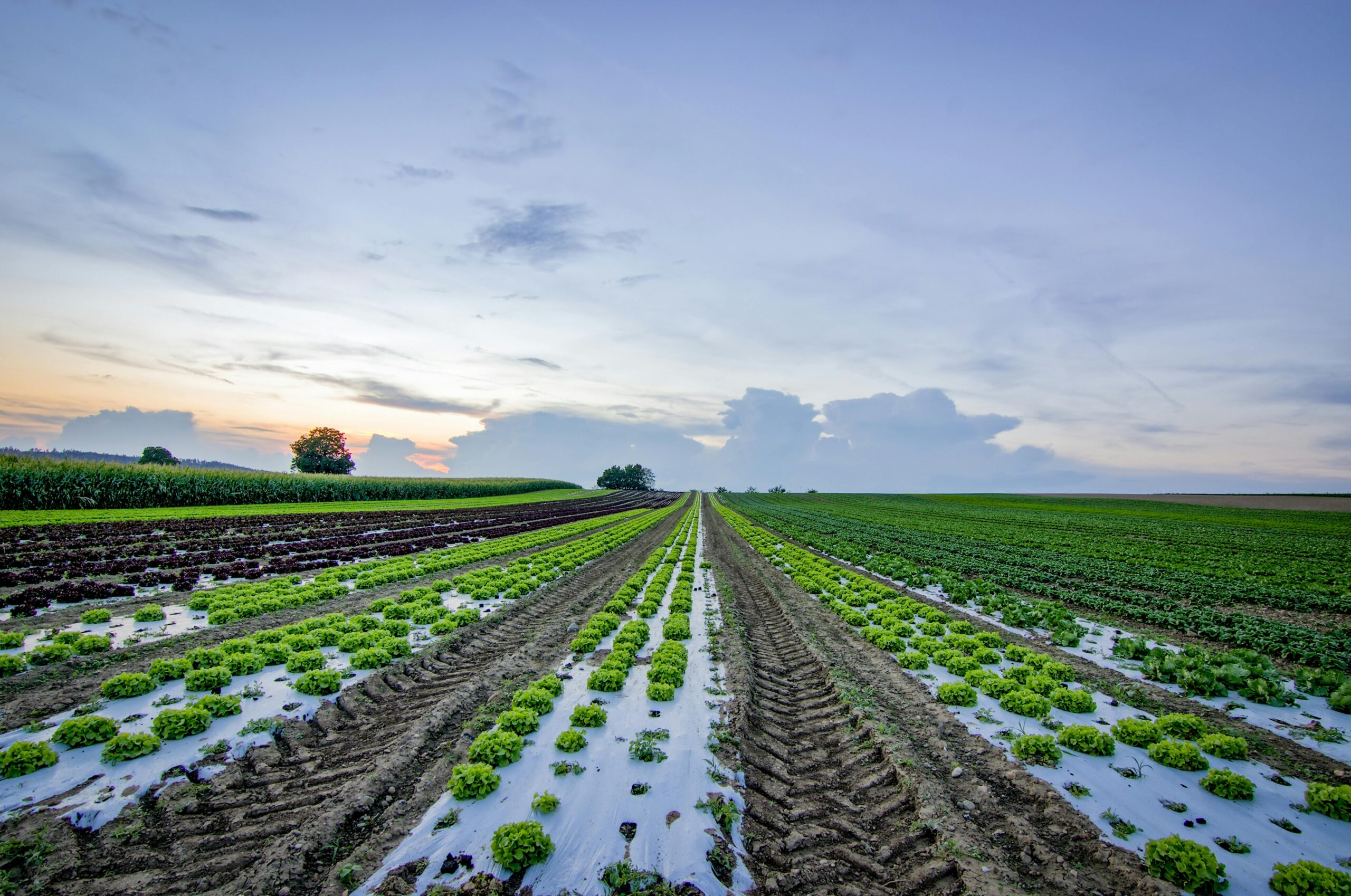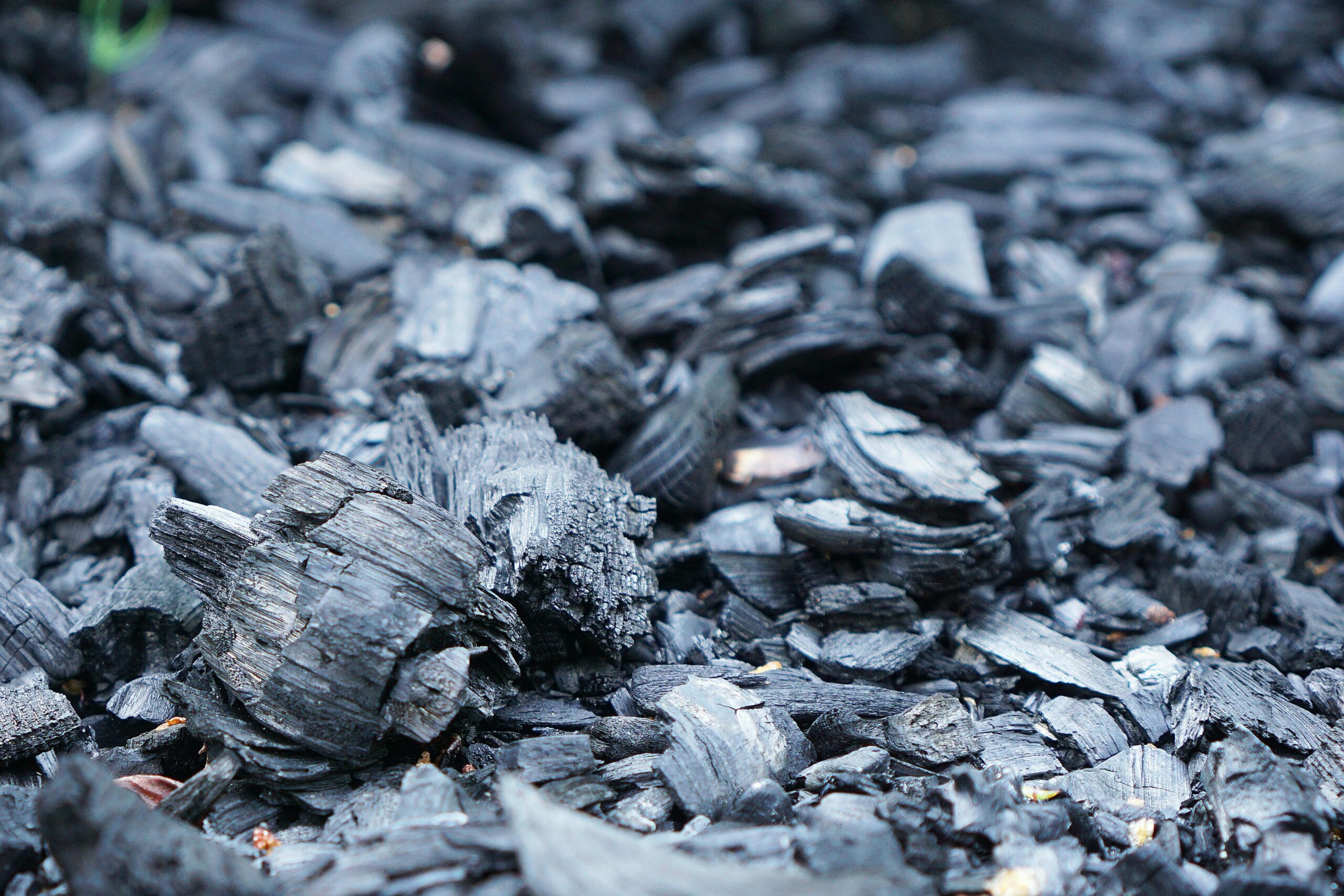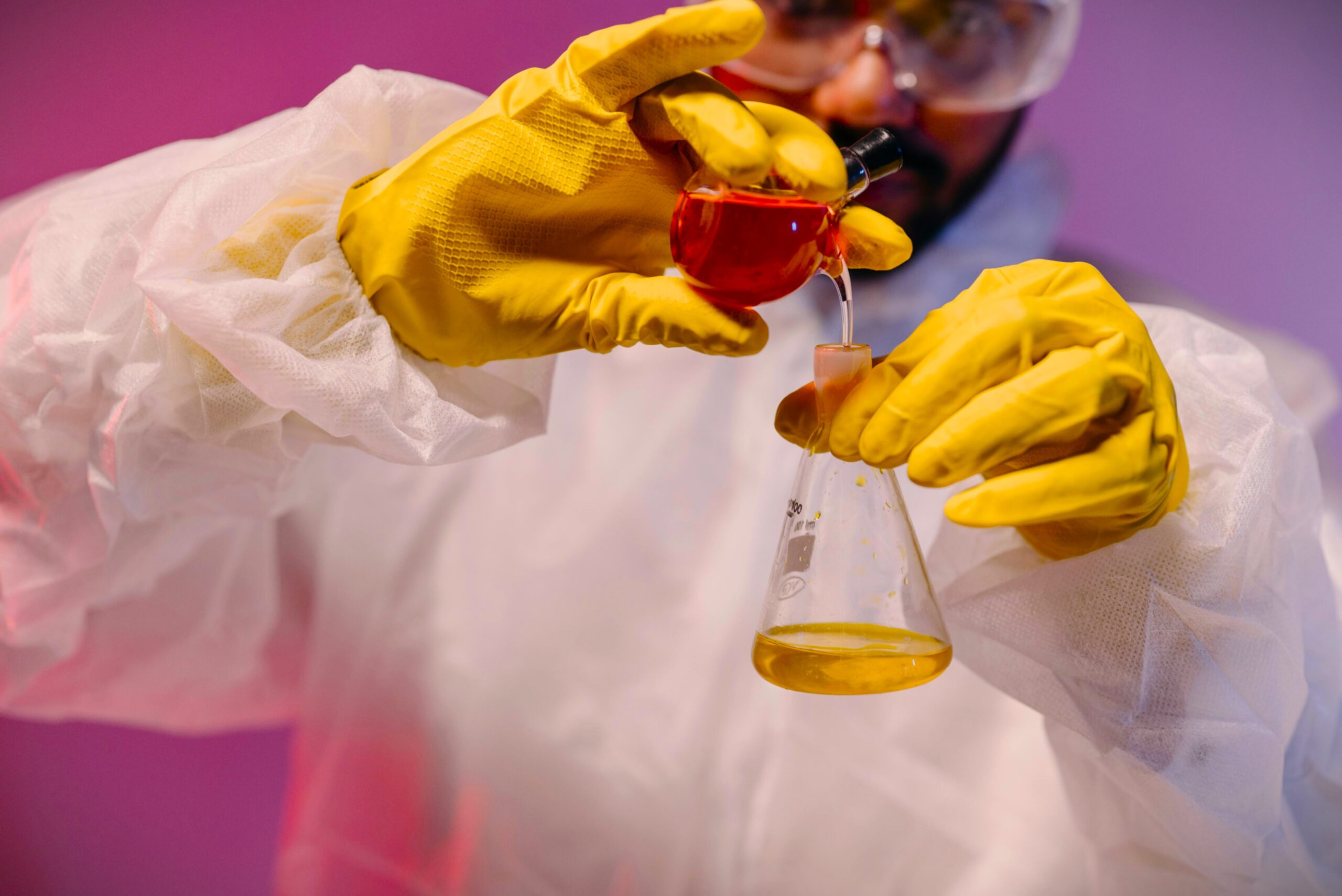AQUIFER CONFUSION
The world is now waking up to the terrors of vanishing groundwater. Increasing consumption and temporary droughts have led many communities that rely on groundwater to face stringent conservation rules, emergency water shipments, and even in some severe cases relocation to water-rich communities. Globally, we are seeing more and more attention to saving and protecting aquifers. In general, while well-intended, most of these efforts are ineffective. Protecting and saving aquifers up to this point in time are mostly emotional, jump-on-the-water bandwagon, knee jerk efforts that cherry pick industries that may or may not be an issue. The desire to sensationalize, take down an evil corporation, and emerge to the public as someone who is making a difference in water, is a human opium that clouds a true scientific and practical look at aquifers, and honestly adds risk to our ability to have safe drinking water in the future.
Before I share my Four mind blowing secrets about aquifers, I think it will be helpful to briefly talk about aquifers versus groundwater. In the simplest terms, an aquifer is the pitcher that holds groundwater. Groundwater is simply the rainfall that percolates through the soil and collects in this “pitcher” that we call an aquifer.
A very important tidbit to know is that even if identical rainwater/stormwater was fed to two different aquifers, the resulting drinking water would be different. This phenomenon is caused by different chemistries/minerals in various soils, different existing soil contamination, and the actual chemistry of the holding place, the aquifer itself. For example, some aquifers may be lined with limestone which will impart hardness and elevated pH. Another aquifer may be lined with iron which causes brown water and stimulates certain bacteria to grow.
The science of one aquifer does not necessarily apply to another. The following four mind blowing secrets, however, do apply to all aquifers. Those who truly want to make a difference in their drinking water should pay close attention.
MIND BLOWING SECRET #1 – THE QUALITY OF WATER IN YOUR AQUIFER IS DEGRADING!
Activists will kick, scream and pound their fists at this truth, and maintain that they are fighting, fighting I tell you, to keep the aquifer clean. This, a Walter Mitty emotional delusion is quickly blown up in the face of science.
Aquifers were created before man created pollution. The water that percolated downward to create the aquifer was pristine. There were no pesticides, fertilizers, greases, oils, PFAs, Microplastics, hexavalent chrome, volatile organic chemicals, mercury form CFL bulbs, or any of the other countless things we have placed into our air, water and soil. And let us not forget the immense amount of litter we citizens generate. It isn’t corporations destroying our beaches, oceans and animals with plastic waste.
The worst polluters are you and me. From the products we put into our lawns, to what we wash our cars and decks with, to all the junk we wash from our clothes, to what we throw into our garbage, we are polluters. The residual medications in our excrement go to treatment plants and then are released into our air and waterways. Two hundred years of this – and we are going to stop pollution from entering our aquifer? How? If tomorrow, every industrial plant became 100% non-polluting, most of the water pollution would continue, uninterrupted.
It is good to remember that there are only two ways for a manufacturing plant to meet discharge limits.
- Destroy all the pollutants it creates (This not scientifically possible)
- Send what it cannot destroy to waste disposal (In this case, someone else discharges it back into the environment)
You and I however, continue to consume, continue to metabolize and accordingly continue to bombard the environment with pollution. Some, the zealot, the activist, will say, “we have to do a better job”. Science told us, long ago that we can’t do a better job. To live and metabolize, living things create waste. Again, we can invent all the green regulations imaginable, but science still rules. Every life action creates waste. We will continue to pollute our environment, and our ground water will percolate through this pollution and collect in our aquifers.
There is no protecting an aquifer from degradation.
MIND BLOWING SECRET #2 – THE RECHARGE RATE OF AN AQUIFER CANNOT BE DETERMINED
Countless millions of dollars have been wasted trying to predict and measure what the recharge rate of an aquifer is. As of today, there has not been one single study that has been proven to be accurate. The reasons for this are simple to understand.
- Rainfall is not only unpredictable and ever changing, but where it falls is as important as how much of it falls. It is impossible to know where all the entry points of water into an aquifer are. Accordingly, it is possible for one inch of rain to fall in a day and none of it flows into the aquifer, but conversely on another day, only one eighth of an inch falls, but because it falls directly over recharge/entry points, it sends more water into the aquifer than did the larger rain.
- The temperature on any given day of rainfall is different. Evaporation is a vital component of how much water seeps into an aquifer. In the case of extreme heat and low humidity, coupled with rainfall being centered over a slower acting entry point, it is possible that a major part of a given rainfall never enters the aquifer in question.
- Measuring the actual withdrawal rate (pumping rate) of an aquifer is also, at best, difficult. While it is reasonable to trust the extraction rates reported by industry and municipal users, over the trillions or more of square feet covered by an aquifer, it is impossible to know exactly how much agriculture and individual well users consume. With more municipalities considering charging farms for water, you can be sure that the reporting of such activity is going to be manipulated and minimized.
Added in to make the measuring of aquifer recharge even more unattainable are the variables of vegetation type and activity, concrete/paving, new buildings, slope, and new drainage culverts that direct rainwater away from the aquifer recharge points. In essence the conditions of recharge change daily. Logically then a 5 – 10-year study on aquifer recharge is a foolish waste of money because the conditions of recharge measured in the earlier years no longer exist; they no longer apply to the actual recharge dynamics that exist at the end of the study. All aquifer recharge studies measure what was, and not what is.
On a closing note, scientists have employed many complex (read goofy) methods of studying aquifer recharge. The average individual is astounded to hear the aquifer scientist speak of examining radio isotopes such as tritium (H3) and C14, or tracers such as chlorofluorocarbons, but perhaps the quintessential joke about the futility of measuring aquifer recharge rate is the by far, the most reliable conventions of measuring aquifer recharge rate is known as WTF. In social media WTF has a meaning I won’t write, but it is funny. In aquifer science however, it stands for Water Table Fluctuations.
At the risk of angering academics, the WTF method is the same common sense that you and I would use, and it is the most accurate. Equations aside, here is how WTF works:
- We have a reasonable estimate of how many gallons are in the aquifer
- We know the level of the aquifer on day one
- We know the level of the aquifer at the end of the observation period, 365 days for sake of clarity
- We can do a reasonable calculation of how many gallons are in the aquifer at day 365
- We make a reasonable guess at how much water we pumped out during the 365-day period
- Simple arithmetic allows us to compare the given information of how many gallons (level driven) would be if there was no recharge, how many gallons there actually are (level driven), how many gallons were removed due to pumping (guesstimate), and then of course the difference is how much water was replaced in 365 days.
Think of it this way, you are using a gasoline generator. At 8 hours you have depleted 1/2 of the volume of 20-gallon tank. However, your wife looks at the tank after 8 hours of operation, sees that it is 3/4 full (15 gallons) and deduces that, “the recharge rate of my husband is 5 gallons every 8 hours.” This, the WTF method, despite all the academians throwing a tantrum in the background, is the most sensible way to measure ground water recharge. Anything else is a waste of money and an exercise in mental masturbation.
MIND BLOWING SECRET #3 – THE RECHARGE RATE OF ALL AQUIFERS IS DIMINISHING
The written material pertaining to aquifers could fill countless libraries, The fascination with and study of these magnificent bodies of water is sure to escalate in interest in the coming times. To understand aquifers better there is no better source than the USGS designated by footnote in this section.
Unconsolidated sand and gravel aquifers are grouped by the USGS into four categories: basin-fill or valley-fill aquifers; blanket sand and gravel aquifers; glacial-deposit aquifers; and stream-valley aquifers.1
All four categories of aquifers are covered with soil/earth substances, each of which has intergranular porosity. This refers to the spaces between and the porosity of the soil types that water percolates through on its way to the aquifer. It is the nature of these “filtration” substances that have a major impact on the future life of an aquifer.
In industry, there are a variety of media that can be used to filter out particulate matter from water. Popular choices include activated carbon, gravel, sand, garnet, zeolites and even crazy things like walnut shells and mini-plastic balls.
As a filtration media traps debris, it becomes resistant to flow. Anyone who has ever changed a car air filter or shop-vac filter knows about this. In industry, however, not all filters are disposable. The types which use the earth-based materials previously mentioned must be rejuvenated when they become plugged up. The way they are rejuvenated is by a process called backwashing. Backwashing sends to the filter, water at a high flow and pressure that is in the opposite direction of filtration. Backwashing fluffs the media up reversing compaction, and then carries down the drain all of the previously trapped contaminants. Once backwashed the filter is again free to be put back into service and again filter the dirty feed water.
Anyone familiar with pool filters has experienced first-hand the need to backwash things like sand, carbon and other media.2
The problem with aquifers you see, is that the earth materials that filter water going into an aquifer cannot be backwashed, Since they do not have infinite filtration capacity, over time they will begin to plug up, slow the rate of water passing through, in essence diminishing aquifer flow rate. The finer the filtration earth, the more likely and quicker it is to plug.
Aquifers that are filtered by more coarse media such gravel/rocks will take longer to plug, but make no mistake, if you draw water from an aquifer, one day the recharge rate will be diminished, and your aquifer will not be able to meet demand.
MIND BLOWING SECRET #4 – WE NEED TO STOP SAVING AQUIFERS AND START WORRYING ABOUT NOT HAVING SAFE DRINKING WATER.
To those with no water experience this statement strikes as contradictory, however, those with water experience understand exactly what I am talking about.
Let me pose a question! What is worse? Having no water or having polluted water? Obviously, having polluted water is better because any polluted water can be turned into safe drinking water. While we all, me included, want our water sources to be the cleanest that is possible, this really does not have the importance that one would think. Safe drinking water can be made from toilet water, radioactive waste, or any other polluted water source. We already have the technology to do so.
If we are all going to enjoy safe drinking water in the future, then we must shift our main focus from the quality of our water to the quantity of our water. Be perfectly clear, I am not flip about water pollution. I devoted my life to making water safe. What I am, however, is an orthodox scientist and a realist. Pollution is a condition of inevitability. Despite all of man’s water-saving efforts of the past 50 years, our water supplies continue become more polluted. This is nothing man can do to stop this reality.
If we are going to enjoy safe drinking water in the future, then we must start addressing our outdated treatment plants. We must focus on redesigning construction to provide point-of-use, personal filtration technology in every home.
If we are going to enjoy safe drinking water in the future, we must stop the nonsense of saving and protecting what cannot be protected, that is, our aquifers, and instead start saving and protecting what we can. That would be ourselves.







